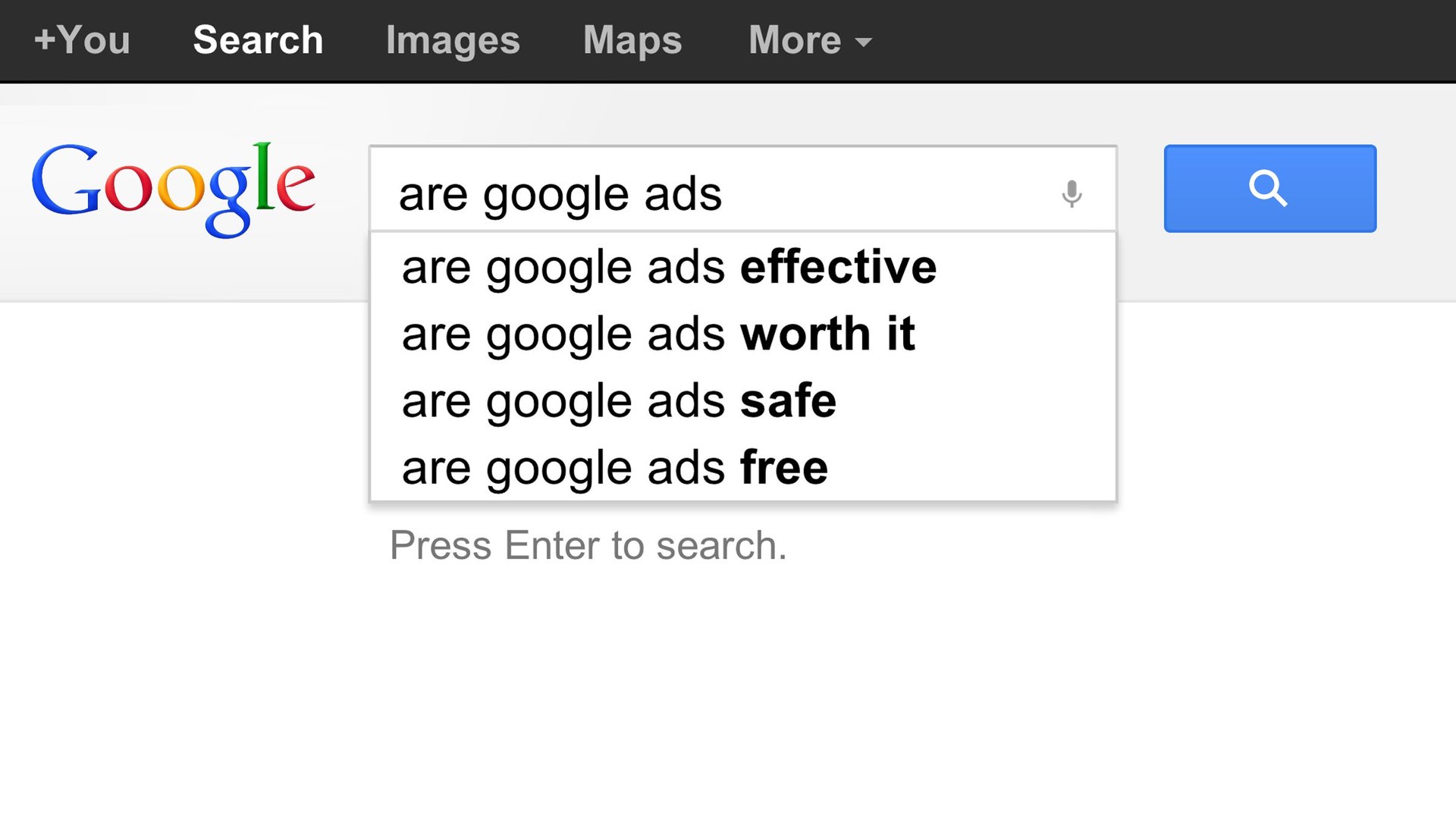Big companies may be wasting billions buying ads on Google, Bing and other search engines, says eBay report
This item has been updated.


This item has been updated.
US companies spent $14.8 billion on search engine advertising in 2011. And many of them probably didn’t need to.
That’s the argument in a new research paper (PDF) that measured the effectiveness of search-engine marketing for eBay. ”The results of our study show that for a well-known brand like eBay, the efficacy of [search-engine marketing] is limited at best,” the researchers write, explaining that “search advertising only works if the consumer has no idea that the firm has the desired product.”
The researchers are from eBay Research Labs, the University of Chicago, and the University of California, Berkeley. They contend that already internet-savvy customers understand what sort of products a major site would offer, and are therefore not influenced by ads. In other words, that $14.8 billion might generate traffic to a site, but the vast majority of it is traffic that would have happened, anyway. (The authors emphasize that this is only true for companies with well-known brands; small companies and those with low brand recognition may benefit from appearing higher in a search page.)
Update: A Google spokesperson tells Quartz that its in-house research shows something very different—that the ad campaigns contributed the “89% of search ad clicks” (pdf) to the advertisers’ sites, generating half of the click-traffic (pdf) even when the advertiser also showed up in the top ranks of an “organic” search result (meaning, the list of links that Google generates when users search for something).
But for many people, the eBay Research Lab findings probably confirm a long-standing hunch. The eyes of habitual Google users have long since gotten used to skimming over ads. And how many people Google Kindle books instead of going to Amazon directly, or pause to search Google on the way to a Steampunk Victorian “Diviner” keyboard purchase?
What is surprising is that big online retailers haven’t realized this. For instance, the 10 largest spenders on internet advertising accounted for $2.7 billion in 2011, says the report (note: that figure includes more than just paid search, though).
But why? The simple answer is that these retailers are counting the click-throughs by internet-savvy customers, who would have gone to a given site anyway, as return on their investment. But in doing this, says Ray Fisman points out on the Harvard Business Review blog, marketing departments of these online retail giants are “confusing causation and correlation” in measuring the return on their ad investment.
This confusion is perpetuated by Google’s encouraging ad buyers to simply divide sales via click-throughs by ad spending, the eBay researchers say. “Not only do most consulting firms who provide marketing analytics services use [regressions of] observational data, recommendations from Google offer analytical advice that is not consistent with true causal estimates of ad effectiveness,” says the eBay report. It’s a formula that has proven wildly successful, as it has contributed untold portions of Google’s billions in ad revenue each year.
Update: The spokesperson for Google says that since “outcomes differ so much among advertisers and are influenced by many different factors, we encourage advertisers to experiment with their own campaigns,” adding that Google provides “tools such as AdWords Campaign Experiments and Content Experiments and recommend a statistical method for advertisers to conduct their own geo-targeted experiments.”
But if the eBay Research Lab’s analysis turns out to be right, the world’s biggest search engine might need a new formula—and maybe a new model.